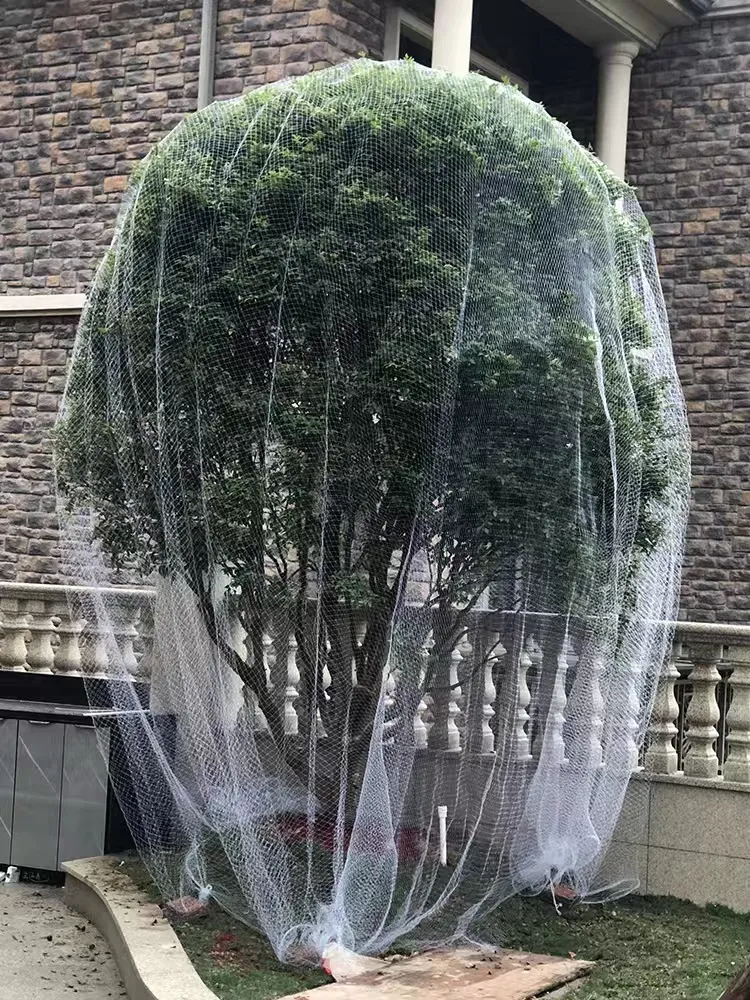-
 Afrikaans
Afrikaans -
 Albanian
Albanian -
 Amharic
Amharic -
 Arabic
Arabic -
 Armenian
Armenian -
 Azerbaijani
Azerbaijani -
 Basque
Basque -
 Belarusian
Belarusian -
 Bengali
Bengali -
 Bosnian
Bosnian -
 Bulgarian
Bulgarian -
 Catalan
Catalan -
 Cebuano
Cebuano -
 China
China -
 Corsican
Corsican -
 Croatian
Croatian -
 Czech
Czech -
 Danish
Danish -
 Dutch
Dutch -
 English
English -
 Esperanto
Esperanto -
 Estonian
Estonian -
 Finnish
Finnish -
 French
French -
 Frisian
Frisian -
 Galician
Galician -
 Georgian
Georgian -
 German
German -
 Greek
Greek -
 Gujarati
Gujarati -
 Haitian Creole
Haitian Creole -
 hausa
hausa -
 hawaiian
hawaiian -
 Hebrew
Hebrew -
 Hindi
Hindi -
 Miao
Miao -
 Hungarian
Hungarian -
 Icelandic
Icelandic -
 igbo
igbo -
 Indonesian
Indonesian -
 irish
irish -
 Italian
Italian -
 Japanese
Japanese -
 Javanese
Javanese -
 Kannada
Kannada -
 kazakh
kazakh -
 Khmer
Khmer -
 Rwandese
Rwandese -
 Korean
Korean -
 Kurdish
Kurdish -
 Kyrgyz
Kyrgyz -
 Lao
Lao -
 Latin
Latin -
 Latvian
Latvian -
 Lithuanian
Lithuanian -
 Luxembourgish
Luxembourgish -
 Macedonian
Macedonian -
 Malgashi
Malgashi -
 Malay
Malay -
 Malayalam
Malayalam -
 Maltese
Maltese -
 Maori
Maori -
 Marathi
Marathi -
 Mongolian
Mongolian -
 Myanmar
Myanmar -
 Nepali
Nepali -
 Norwegian
Norwegian -
 Norwegian
Norwegian -
 Occitan
Occitan -
 Pashto
Pashto -
 Persian
Persian -
 Polish
Polish -
 Portuguese
Portuguese -
 Punjabi
Punjabi -
 Romanian
Romanian -
 Russian
Russian -
 Samoan
Samoan -
 Scottish Gaelic
Scottish Gaelic -
 Serbian
Serbian -
 Sesotho
Sesotho -
 Shona
Shona -
 Sindhi
Sindhi -
 Sinhala
Sinhala -
 Slovak
Slovak -
 Slovenian
Slovenian -
 Somali
Somali -
 Spanish
Spanish -
 Sundanese
Sundanese -
 Swahili
Swahili -
 Swedish
Swedish -
 Tagalog
Tagalog -
 Tajik
Tajik -
 Tamil
Tamil -
 Tatar
Tatar -
 Telugu
Telugu -
 Thai
Thai -
 Turkish
Turkish -
 Turkmen
Turkmen -
 Ukrainian
Ukrainian -
 Urdu
Urdu -
 Uighur
Uighur -
 Uzbek
Uzbek -
 Vietnamese
Vietnamese -
 Welsh
Welsh -
 Bantu
Bantu -
 Yiddish
Yiddish -
 Yoruba
Yoruba -
 Zulu
Zulu
electro welded mesh
The Significance of Electro-Welded Mesh in Modern Construction
Electro-welded mesh, commonly referred to as welded wire fabric, is an essential component in modern construction and manufacturing. With a plethora of applications ranging from civil engineering to agricultural use, this robust building material has revolutionized the way structures are designed and built.
What is Electro-Welded Mesh?
Electro-welded mesh is a network of wires that are welded together at their intersections to form a grid-like structure. Made from high-quality steel, the mesh comes in various thicknesses and openings, which can be customized based on specific needs. The welding process ensures that the wires maintain their integrity and strength, making the mesh highly durable and resistant to deformation.
The production of electro-welded mesh involves advanced technology. Steel wires are precisely cut and arranged in a defined grid pattern and then subjected to an electric current that causes the wires to fuse together at their intersections. This technique not only enhances the material's tensile strength but also allows for large panels to be produced without compromising quality.
Applications in Construction
One of the primary uses of electro-welded mesh is in the construction industry. It is frequently employed as reinforcement in concrete structures. The mesh provides added tensile strength to concrete, which is naturally strong under compression but weak under tension. By incorporating welded wire fabric, structural engineers can optimize the design of slabs, walls, and beams, ensuring that they can withstand bending and shear forces.
Electro-welded mesh is also used in the production of precast concrete elements. It facilitates the construction of walls, floors, and other components that can be manufactured off-site and then assembled on-site, speeding up the construction process and improving efficiency. This off-site construction method also minimizes waste and reduces the overall carbon footprint of building projects.
electro welded mesh

In addition to its structural applications, electro-welded mesh is widely used in the creation of fences and barriers. It serves as an effective security measure in both residential and commercial properties, providing safety while allowing visibility. The mesh can be coated with protective materials to prevent corrosion, further extending its lifespan and effectiveness.
Benefits of Using Electro-Welded Mesh
The advantages of electro-welded mesh are manifold. For one, its high strength-to-weight ratio makes it an economical choice. The mesh significantly reduces the amount of steel needed for reinforcement, resulting in cost savings and lighter constructions. Furthermore, the uniform distribution of wire throughout the mesh allows for consistent performance and reliability.
Another benefit lies in its versatility. Regardless of the project size or type, electro-welded mesh can be tailored to meet specific requirements. It comes in various sizes, shapes, and materials, making it adaptable for different construction scenarios. Additionally, the ease of installation means that labor time is minimized, leading to more efficient project timelines.
Lastly, electro-welded mesh promotes sustainability in construction. Its durability leads to longer-lasting structures which, in turn, reduces the need for repairs and replacements. By incorporating this material, builders can meet modern sustainability standards, aligning with the global shift towards eco-friendly construction practices.
Conclusion
In summary, electro-welded mesh plays a pivotal role in modern construction and beyond. Its applications in reinforcing concrete, creating precast elements, and providing security are invaluable. As building practices continue to evolve, the adaptability, strength, and sustainability of electro-welded mesh will ensure its place as a fundamental material in the industry. The future of construction is not only about innovative designs but also about utilizing materials like electro-welded mesh that enhance both performance and sustainability.
-
Shipping Plastic Bags for Every NeedNewsJul.24,2025
-
Safety Netting: Your Shield in ConstructionNewsJul.24,2025
-
Plastic Mesh Netting for Everyday UseNewsJul.24,2025
-
Nylon Netting for Every UseNewsJul.24,2025
-
Mesh Breeder Box for Fish TanksNewsJul.24,2025
-
Expanded Steel Mesh Offers Durable VersatilityNewsJul.24,2025











